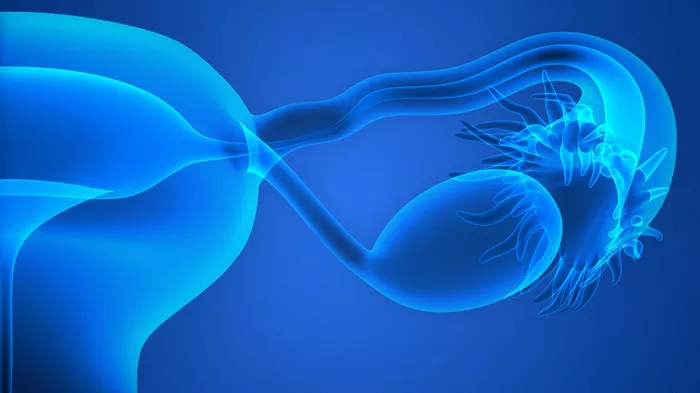Human reproduction is a complex process that involves the coordination of various organs and systems within the body. The male and female reproductive systems play distinct but complementary roles in this process, ultimately leading to the creation of new life. In this comprehensive overview, we will delve into the anatomy and functions of both male and female reproductive organs, explore the hormonal regulation that governs their activities, examine the fertilization process, discuss common health issues and disorders, and address infertility and its treatments.
Overview of the Reproductive Systems
The male and female reproductive systems are responsible for producing and delivering gametes (sperm and ova, respectively) and facilitating fertilization. In males, the primary organs include the testes, where sperm are produced, and accessory glands and ducts that transport and nourish sperm. Females possess ovaries, which produce ova, and a system of structures designed to support fertilization, pregnancy, and childbirth.
Anatomy of Male Reproductive Organs
The male reproductive system consists of both external and internal structures. Externally, the penis and scrotum house the majority of these organs. Internally, the testes, vas deferens, seminal vesicles, prostate gland, and bulbourethral glands work together to produce, store, and transport sperm. The testes, located within the scrotum, are responsible for sperm production and hormone secretion, primarily testosterone.
Functions of Male Reproductive Organs
The male reproductive organs collaborate in the production, maintenance, and transportation of sperm. Sperm are produced within the seminiferous tubules of the testes and mature in the epididymis before being transported through the vas deferens. Accessory glands secrete fluids that nourish and protect sperm, forming semen upon ejaculation. The penis delivers semen into the female reproductive tract during intercourse.
Anatomy of Female Reproductive Organs
Female reproductive anatomy comprises internal structures, including the ovaries, fallopian tubes, uterus, cervix, and vagina. The ovaries produce ova, which are released cyclically during the menstrual cycle. The fallopian tubes capture released ova and provide the site for fertilization. The uterus serves as the site for embryo implantation and fetal development during pregnancy, while the cervix and vagina facilitate sperm entry and childbirth.
Functions of Female Reproductive Organs
Female reproductive organs support ovulation, fertilization, and pregnancy. Ovaries release mature ova during ovulation, which then travel through the fallopian tubes, where fertilization typically occurs. The uterus provides a nurturing environment for embryo implantation and fetal development. Hormonal fluctuations regulate these processes, ensuring the proper timing and coordination of events.
Hormonal Regulation
Hormones play a crucial role in regulating the reproductive cycle, sexual development, and function in both males and females. In males, testosterone is primarily produced by the testes and is responsible for the development of secondary sexual characteristics and sperm production. In females, estrogen and progesterone, produced by the ovaries, regulate the menstrual cycle, ovulation, and pregnancy.
Fertilization Process
The fertilization process begins with the release of sperm into the female reproductive tract during ejaculation. Sperm must navigate through the cervix and uterus to reach the fallopian tubes, where they may encounter and fertilize an ovum. Successful fertilization results in the formation of a zygote, which undergoes multiple cell divisions to form an embryo before implanting into the uterine wall.
Health and Disorders
Several health issues can affect the reproductive system, including sexually transmitted infections (STIs), menstrual disorders, and reproductive cancers. Preventive measures such as safe sex practices, regular screenings, and vaccination against STIs can reduce the risk of complications. Treatments for reproductive disorders may include medication, surgery, or assisted reproductive technologies (ART) depending on the underlying cause.
Infertility
Infertility can arise from various factors in both males and females, including hormonal imbalances, structural abnormalities, or lifestyle factors. Diagnostic methods such as hormone testing, imaging studies, and semen analysis can help identify the underlying cause of infertility. Treatment options may include medications to stimulate ovulation, surgical interventions to correct anatomical issues, or ART procedures such as in vitro fertilization (IVF) or intrauterine insemination (IUI) to facilitate conception.
Conclusion
In conclusion, the male and female reproductive systems are marvels of biological engineering, each with unique structures and functions essential for human reproduction. Understanding these systems and the factors that influence their health and function is crucial for promoting reproductive well-being and addressing reproductive challenges effectively. By exploring the anatomy, functions, hormonal regulation, fertilization process, health considerations, and infertility treatments, individuals can make informed decisions about their reproductive health and seek appropriate care when needed.






















